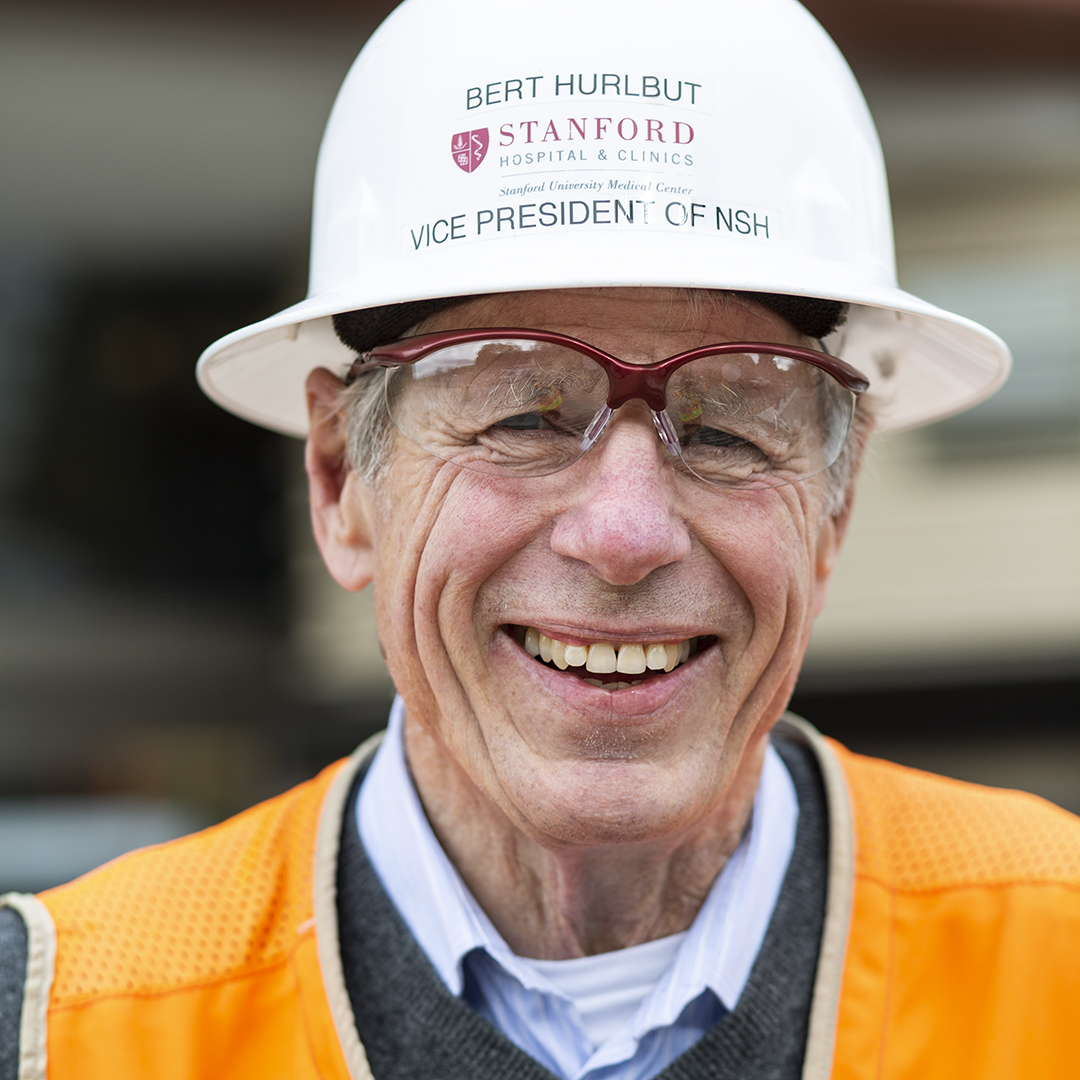|
Getting your Trinity Audio player ready...
|
As the director of workplace strategies and global facilities management at SAP, Dwain Christensen sees his colleagues as his customers. His primary focus is on how to build a working environment that promotes efficiency and the exchange of ideas. This has led to several workplace initiatives at SAP, including a ‘Workplace of the Future’ design strategy. According to Christensen, “Workplace of the Future is a modern, inclusive, and flexible work environment that is built on a foundation of trust and collaboration and established with flexibility for when, where, and how people work.”
While Workplace of the Future has the potential to benefit many members of the SAP team, SAP’s workplace initiatives don’t stop at their own offices. Despite SAP’s established track record as a software and technology company, the firm has taken a leap into creating workplaces that are open to the public. In 2015, SAP opened the first location of Hanahaus in Palo Alto, California. Part coffee shop and not quite a traditional coworking space, Hanahaus is a work space designed to foster collaboration and community. Now, in 2019, SAP is opening Hanahaus’s second location. At a site in Newport Beach, the first floor will resemble the Hanahaus of Palo Alto, and the second floor will house office space for SAP employees, where the company will benefit from the entrepreneurial and forward-thinking atmosphere championed by Hanahaus.
Christensen explains that the Workplace of the Future initiative allows people to work in the ways that they personally find most productive. The “when” component accounts for flexible hours, and the “where” component encompasses different kinds of spaces. Employees can work indoors or outdoors, at desks or sitting in bean bags. In terms of “how” people work, Workplace of the Future offers a variety of environments, from quiet areas for heads-down concentration to collaborative areas meant to spark conversations.
“Workplace of the Future is a modern, inclusive, and flexible work environment that is built on a foundation of trust and collaboration and established with flexibility for when, where, and how people work.”
Some amenities offered by Workplace of the Future are distinctly low-tech. These include writable surfaces on the walls, which Christensen points out not only serves a practical purpose of recording ideas, but also free employees from the mental limits of a 10 x 12-inch board. Design-thinking rooms have furniture that does not confine SAP employees to one physical position, but instead encourages standing up, moving around the room, using the entirety of the wall area for ideation, and fully inhabiting the space.
Workplace of the Future was not implemented from a cost-saving perspective. Instead, its main goal is qualitative in nature. “The perspective is being smarter about working. There’s more collaboration, and the speed to market is much quicker than the traditional way of working.” Christensen says.
This emphasis on collaboration and working smarter was what led SAP to form Hanahaus. Like SAP’s Workplace of the Future, Hanahaus has a variety of workspaces that serve different needs. The front is a coffee shop open to the public. Behind the coffee shop are workspaces that do not require a membership to use. Anyone can rent a seat, semi-private group spaces, quiet rooms, or conference rooms by the hour. Christensen notes that “Hanahaus is not coworking. It is a place where like-minded ideation happens with folks who want to have a place to rent a chair. SAP’s founder, Hasso Plattner, has allowed this vision to bring people together and give SAP a good ear to what is happening.” Hanahaus also has an event space geared towards creating community. The space is available for everything from lectures to musical performances—anything that brings people together.
Although SAP’s primary business is software and technology, Hanahaus fits well within the company’s mission of creating products that help businesses harness innovation and run more efficiently. While many of these products are created with SAP’s clients in mind, SAP does not hesitate to focus inward and apply these same benefits to its own work. By locating their own office space on the second floor of Hanahaus’s new Newport Beach location, SAP is positioning its employees at the forefront of the innovation happening below. “Our people will be designing and thinking about what’s next for SAP, like in-house entrepreneurs, and will have the ability to interact with the folks at Hanahaus downstairs. It will be a dynamic, busy location with many different facets of the business happening in the same space.”


